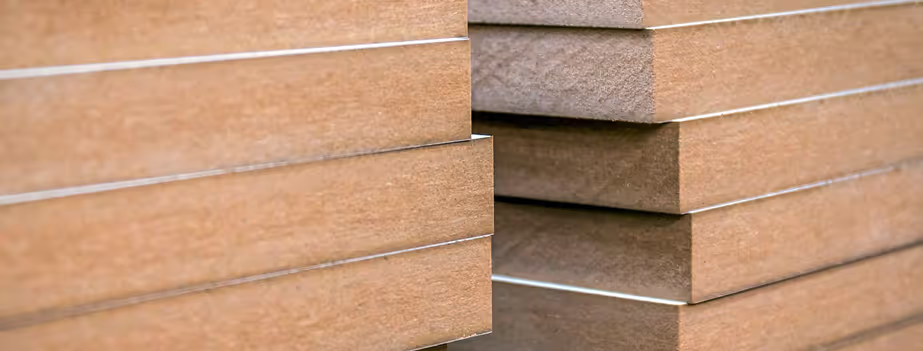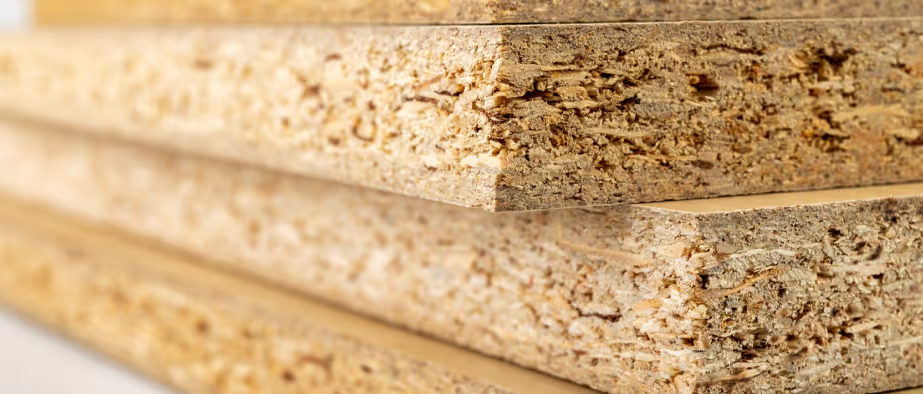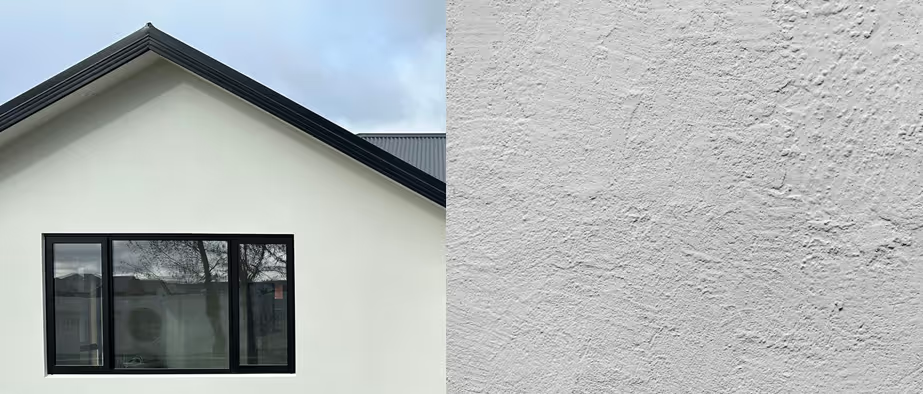B
BASE / BETTER / BEST
The Superhome Movement criteria for certification establish three levels of efficiency and performance across ten dimensions (Design, Floors, Walls, Windows, Roof, Airtightness, Ventilation, Energy, Water, Materials & Waste). This gives flexibility and options for homeowners, designers, architects and builders to develop the best solutions for each project depending on your priorities, needs, site and budget:
SUPERHOME CERTIFICATION GUIDE
BEARER
A horizontal timber beam in the subfloor structure between the floor joists and the piles.A concept used to increase connectivity to the natural environment through the use of direct nature, indirect nature, and space and place conditions. Biophylic designed buildings incorporate things like natural lighting and ventilation, natural landscape features and other elements for creating a more productive and healthy built environment for people.
BIOPHILIC DESIGN
A concept used to increase connectivity to the natural environment through the use of direct nature, indirect nature, and space and place conditions. Biophylic designed buildings incorporate things like natural lighting and ventilation, natural landscape features and other elements for creating a more productive and healthy built environment for people.
GO TO PAGE

BITUMEN
A black viscous semi-liquid substance derived from crude oil, used in roading and in buildings for roofing, waterproofing, deck surfaces, underlays, sealants and damp-proof barriers.Health risks include respiratory problems from fumes, skin irritations and headaches. Bitumen can leach harmful substances, contaminating soil and water. Building materials containing bitumen must be disposed of safely – check your local council for hazardous waste disposal requirements.
BLOWER DOOR TESTING
A test to check the home for air leaks. This is important to assess the airtightness of the home and identify problem areas, gaps or cracks where air is escaping. A computer-controlled fan is installed in an exterior door frame to pressurise and depressurise the building, measuring the air changes per hour to evaluate the performance of the structure. Blower door testing is required for certification by Superhome Movement:
GO TO LINK
Passive House and some Homestar certifications: (Green Bldg Council):
GO TO LINK

BORER
Wood-boring beetles, common pests in NZ homes. Signs of borer infestation are small holes (flight holes or exit holes) across the timber surface, sometimes a dust deposit beneath, and soft crumbling wood beneath. Adult beetles lay eggs in cracks or old holes, and the larvae hatch and tunnel through the wood over several years, causing significant damage to the timber structure. Borer prefer softer sapwood timber and don't attack harder heartwood timber.In many older homes the borer insects will have long gone but the destruction to the timber remains -- affected wood will need replacing. If you have an active borer presence you can treat with a fumigator bomb or fluid.
BORON PRESERVATIVE
A timber treatment to protect against insects and fungal decay commonly used for framing timber. It usually has a distinctive pink colour.
BUILDING CODE
The Building Code is established under the Building Act 2004 and sets out rules and requirements for the construction, alteration, demolition and maintenance of new and existing buildings in New Zealand. All building work must comply with the Building Code, even if it doesn't require a building consent:
GO TO LINK
BUILDING CONTRACT
A legal requirement for any residential building work costing $30,000 or more (including GST). The Building Contract must be provided by a Licensed Building Practitioner along with a Disclosure Statement, setting out the prescribed requirements:
GO TO LINK
BUILDING CONSENT
A legal requirement for building work and any significant renovations.The Building Consent is the formal approval from the local council to authorise your building or renovation project. Before commencing work you and/or your build team must check whether you need a consent, prepare the application and lodge it with the council. Most councils have guidance and support through this process.If you build or renovate without securing the necessary Building Consent, you may be subject to prosecution and fines. You may also be liable to a later purchaser of the home for work carried out without the required consents.Some recent policy changes are under way to allow construction of small stand-alone dwellings ("granny flats") without consent from early 2026:
GO TO LINK
A | B | C | D | E | F | G | H | I | J | K | L | M | N | O | P | Q | R | S | T | U | V | W | X | Y | Z | TOP














































